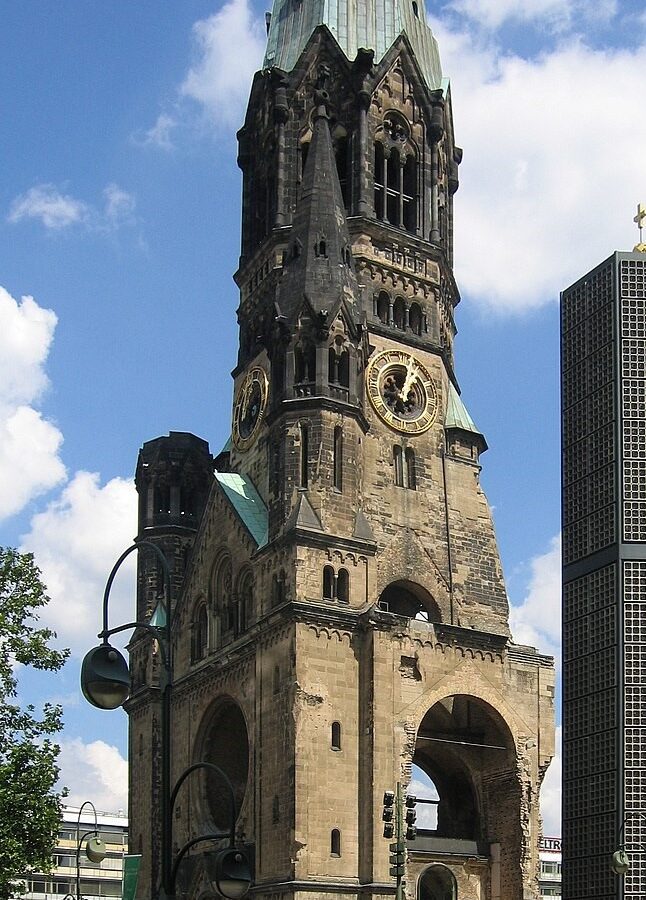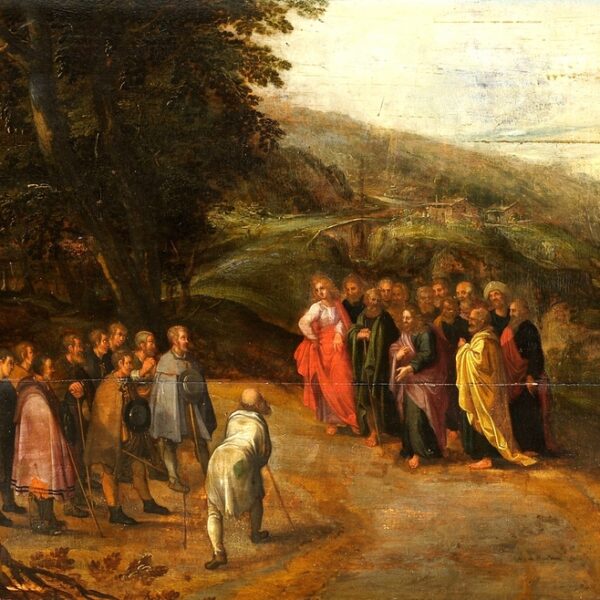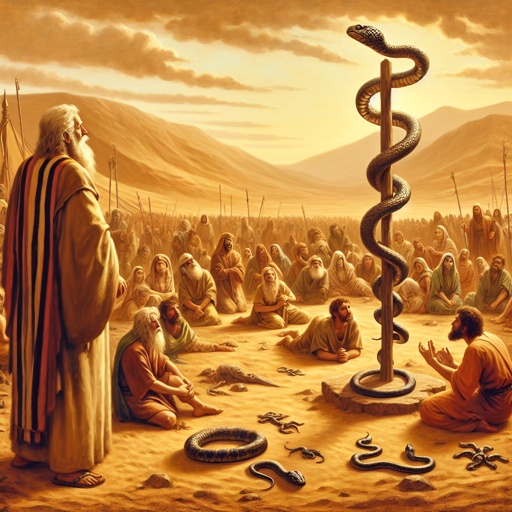Bonhoeffer: the film, the book, and the challenge to the church
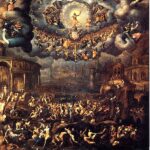
“This was your life!” The Great White Throne and the Judgment Seat of Christ
November 22, 2024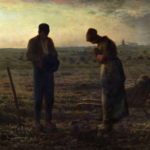
“The Right Arm of the Lord does valiantly”: remembering God’s faithful intervention
December 27, 2024Salvation is free, but discipleship will cost you your life – Dietrich Bonhoeffer
If you haven’t seen the film Bonhoeffer: Pastor. Spy. Assassin. by Angel Studios, it is worth a watch.
Pondering the motion picture juxtaposed against the epic biography released in 2010 by Eric Metaxas (and the film is not based upon that particular account of Bonhoeffer’s life, the studio execs claim, but on several biographies, as well as Bonhoeffer’s own writings), I jotted down some reflections.
Warning: *Spoilers*
If you plan to see the film and don’t want to know what happens (or what is not portrayed) you may wish to avoid reading this blog until afterward (and if you do see the movie, please share your own thoughts!).
Bonhoeffer’s story has had a profound effect on me since I read it nearly 13 years ago. His own works, including Life Together which I read for a book club, also left their impact.
What happened in Germany in the 1930s and ’40s – that foremost it was spiritual in nature – and the parallels to here in the United States, I have been writing about since 2012.
Along with that, that Secular Humanism governed the political philosophy of the Third Reich, and that many elements of Hitler’s regime have taken root in mainstream America culture through the same lies – abortion, euthanasia, eugenics, and eventually widespread antisemitism – all birthed in the name of compassion, crystallized in reading Dietrich’s bio.
Strengths
Herein for me lie the movie’s best qualities:
Speak Up, Church! The film’s greatest strength was that it underscored the need for the church to speak up in the face of evil. Avoiding or trying to appease evil in the name of not being “political” gives free reign to the devil and ultimately compromises the church.
Evil is stopped at personal cost. Portrayed in this first idea is that speaking up comes with a cost. There’s a powerful scene in which Bonhoeffer and his twin sister Sabine ruminate on the gloomy approach of National Socialism. Sabine says, “Something’s coming. Something unstoppable.” Dietrich replies, “Nothing is unstoppable.” He was right. But stopping evil comes at a cost.
The confessing church unifies against evil. The effect of Harlem’s large Abyssinian Baptist Church on Bonhoeffer during his first visit to New York, and Dietrich’s affinity for jazz and spirituals, sticks close to the book. He could not fathom that the racism he witnessed in the United States upon a trip to D.C. and a refusal of service to his companion would be replicated in his own land. Bonhoeffer did lead a boys’ Sunday school class at this church, and it is theorized that during this time, Bonhoeffer became born again for the first time. What is not depicted is how the Catholic and Evangelical elements of the church in Germany united against National Socialism.
Artistic license and actual historic events
Seeking to encapsulate the events of a man’s lifetime in the course of just over two hours – not only the events, but the thoughts, letters, interactions with family and friends, not to mention all that shaped the man – is impossible. The producers incorporated many highlights of Dietrich’s 39 years in their limited frame, but here are a few interesting ones they omitted or bent:
Operation Flash and the Overcoat Bombs. In early 1943, preparations were underway for an attempted coup. Two incidents took place that ultimately failed. Operation Flash involved some of Hitler’s generals and their aide-de-camp. The plot was to plant a bomb on Hitler’s plane as he traveled to the eastern front on March 13. A special explosive available only to the Abwehr (Defense Ministry) was in custody of Dietrich’s brother-in-law, Hans von Dohnanyi. All went as planned except for one important detail: the detonator cap never ignited the explosives. Hitler landed safely in East Prussia.
A second attempt was a suicide mission, backed by Bonhoeffer and his two brothers-in-law, by Major von Gersdorff. Wearing explosives in his overcoat, Gersdorff bravely reached inside as Hitler approached him and pressed the buttons that began the detonation sequence. This was to take approximately a half hour, but suddenly, the Fuhrer abruptly turned and walked out a side door, ending his visit. Gersdorff rushed into a restroom and ripped off the fuses.
By this time, the Gestapo was closing in on Dietrich and his associates.
Bonhoeffer’s fiancée . Dietrich Bonhoeffer was engaged to be married to Maria von Wedemyer, a free-spirited woman nearly half his age. Arrested within a short time of his proposal to Maria, Bonhoeffer relied heavily on her loving correspondence. However, the stress of his incarceration took a heavy physical toll on Maria.
Unsettled in his second trip to America. Bonhoeffer was offered a position in America as a pastor for German refugees at the very time his work came under increasing Gestapo scrutiny. He did not need (as portrayed in the film) another pastor to tell him to take up his cross back home. He knew within 24 hours of setting foot in the United States the second time that he was out of his designated place. Less than a month later, he returned to Germany.
Operation 7. Bonhoeffer’s part in Operation 7, in which he helped smuggle 14 Jews from Germany into Switzerland, is what initially put him on Nazi radar rather than the plot to assassinate Hitler.
Psychological torture. The most grueling part of his imprisonment, Bonhoeffer testified, were the routine interrogations by the National Socialists. This psychological torture took the worst toll on him, he said.
Family members involved. Dietrich was not the only member of his family to be arrested and executed. His older brother Klaus was also found guilty and executed, as was Dietrich’s brother-in-law, Hans von Dohnanyi. Dietrich’s sister Christel was arrested and sent to a women’s prison and later released.
Dietrich’s other sister was married to a man who was half-Jewish, and with Dietrich’s help, they escaped Germany and eventually took up residence in London.
Execution details. Bonhoeffer was executed at the Flossenbürg concentration camp, along with several others (including high-ranking military men). He was marched out naked at daybreak and hanged.
Hitler’s Bishop and the push to conform to culture
You see, it’s been our misfortune to have the wrong religion. Why didn’t we have the religion of the Japanese, who regard sacrifice for the Fatherland as the highest good? The Mohammedan religion too would have been more compatible to us than Christianity. Why did it have to be Christianity with its meekness and flabbiness? – Adolf Hitler
In 1932, Hitler gave his personal assurance to prominent pastor and veteran WWI Naval Chaplain Martin Niemöller that he would keep his hands off the church and never institute a pogrom against the Jews.
But in order to conform German culture to his schemes, Hitler needed the church. Thus accelerated the church struggle, in which German Christians abandoned whole segments of the bible that did not fit Nazi objectives, and the Confessing Church found itself increasingly at odds with Nazi ideology.
Niemöller, as portrayed in the movie, openly mocked the Nazis and their ideology to their faces in his church. For his stand, he was arrested and spent eight years in concentration camps.
Pastor Ludwig Müller was appointed by Hitler as Reich Bishop, as depicted in the film. He declared the doctrine of sin and grace to be “Un-German.” As founder of the German Christian movement, he sought to incorporate Nazi race theory with Protestantism. (Shortly after the end of the war, Müller hanged himself.)
Aktion T4 and America’s shame
It was once said that the moral test of government is how that government treats those who are in the dawn of life, the children; those who are in the twilight of life, the elderly; and those who are in the shadows of life, the sick, the needy and the handicapped -Hubert Humphrey
In one sentence in the movie, Bonhoeffer expresses disbelief on his first return from the United States to Germany that Hitler’s Nazionalsozialisten would actually carry out the killing of mentally disabled individuals. This is a crucial aspect of the rise of the Third Reich. The Nazis did not start with exterminating Jews. They began with a “campaign of compassion” which included euthanizing non-Jewish German citizens who were epileptics, schizophrenics, physically disabled, and the forced sterilization of anyone who might pass on such hereditary diseases.
This parallel product of Secular Humanism, which forever touts its own compassion, has seen an alarming rise here in the United States. Once it becomes normalized to annihilate one group of people, such as unwanted babies, inevitably other societal groups will be targeted as well.
Our weapons are not carnal
One of the great controversies of Bonhoeffer and his cohorts was that as a Christian, he could advocate the assassination of Hitler. It is important to recognize that human heroes have flaws. What Bonhoeffer got right is numerous and noteworthy.
My recommendation is to see the film, but for further depth and challenge, to read Bonhoeffer’s life story and his works.
Have you already seen it? Please share your thoughts in the comments.
Photo: Kaiser Wilhelm Church in Berlin, Wikipedia


